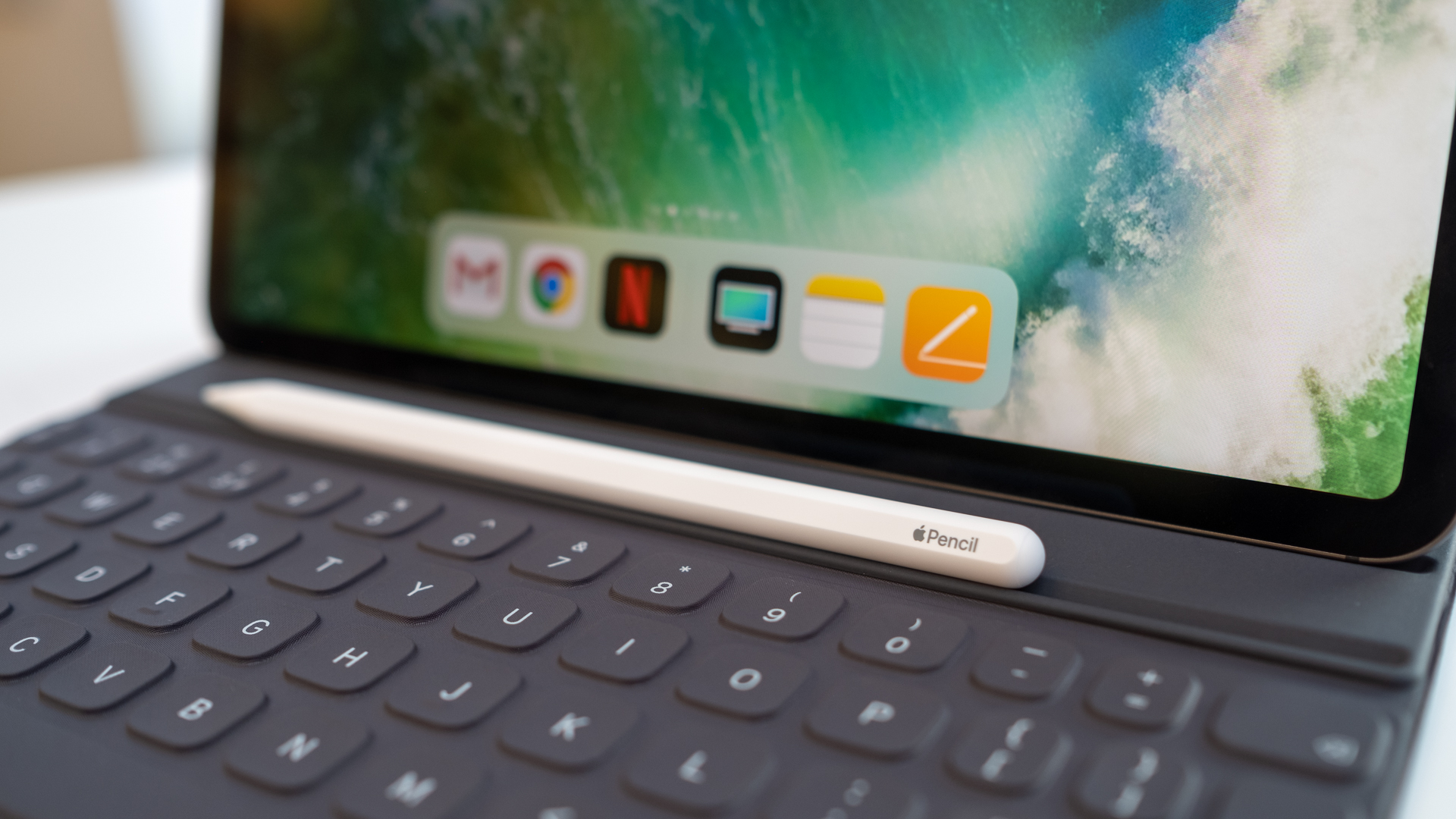The new iPad (2022) could bring about an Apple Pencil revolution - and it's about time
Or uprising

If you've been looking to buy one of the best iPads, one of your considerations has probably been a stylus - the Apple Pencil is a popular stylus for the company's tablets that lets you sketch, take notes, and easily navigate around iPadOS.
Since first being introduced, the Apple Pencil for iPads has gone through two different iterations - the original version was introduced in 2015 and the second-gen model came along in 2018, to work on newer iPads.
Those two versions of the iPad stylus have lived in cozy harmony, working for different types of iPad, but one change in the new iPad (2022) threatens to ruin all of that.
Apple Pencil problems
Despite being a popular accessory, the original iPad isn't without its issues. Primarily, it charges in a bizarre fashion: you have to take a cap off the end of it and plug that end into the Lightning Port on your iPad.
Upon doing this, you had to leave the stylus plugged into the tablet at a weird angle for quite some time, which means there was a great risk of accidentally walking into the extended Pencil and breaking the charge plug off from the rest of it.

This is one of those Apple design decisions that has been mocked mercilessly, just like the wireless mouse with the plug on the bottom of the thing. It's no wonder the Apple Pencil 2 was more popular, as it uses magnets to snap to the top of the iPad where it charges wirelessly.
The rise of the Apple Pencil 2
The Apple Pencil 2 has found itself adopted by more and more iPads, including the Pro, Air, and in 2021 Mini lines, over the years.
Sign up for breaking news, reviews, opinion, top tech deals, and more.
The reason for this is simple: Lightning ports are slowly dropping off iPads. The Air line lost the port in 2020 while the Mini did in 2021. Now it's just the entry-level models left.
Without Lightning ports, the original Apple Pencil has no convenient way of charging; not unless you're willing to fiddle with various adaptors and dongles that Apple has sold in the past. The move to USB-C has been accompanied by a design overhaul for iPads, to facilitate the magnetic clip for charging the Apple Pencil 2.
And that's where the problem lies.
A USB-C iPad (2022)

A new leak suggests that Apple's entry-level iPad in 2022 could get a USB-C port instead of Lightning. This would make it the final iPad line to drop Apple's proprietary charging tech, though iPhones still use it.
If this happened, the first-gen Apple Pencil would be completely redundant. There would be no new iPads that could facilitate it, making it likely that Apple would retire the older gadget.
Unlike iPhones, Apple doesn't sell previous-gen iPads, so it wouldn't need to keep the accessory around to support different slates. No, there'd be no reason for the company to make any more of the seven-year-old stick.
Sure, some third-party retailers would likely have stock of the original Apple Pencil, but if Apple did fully embrace USB-C, the stylus' days would be numbered.
The future of the Apple Pencil 3
Apple is no stranger to discontinuing its tech. It does so basically every year when new iterations of its annual products come out - and the original, awkward Apple Pencil had to go eventually.
And it's about time - the method of charging the stylus is so stupid that it never should have made it past the drawing board.
Still, as the first-ever Apple Pencil, if the company did retire it, it'd be big news.
If Apple only has one stylus to make, we'd like to see it look to the future, and launch an Apple Pencil 3. The second-gen stick has fairly awkward controls and doesn't come with as many useful features as Samsung's S Pen, and there are lots of things that Apple could do with it to improve.
As it stands, there are plenty of Apple Pencil alternatives that could steal some limelight if Apple did reduce its stylus presence.

Tom Bedford joined TechRadar in early 2019 as a staff writer, and left the team as deputy phones editor in late 2022 to work for entertainment site (and TR sister-site) What To Watch. He continues to contribute on a freelance basis for several sections including phones, audio and fitness.